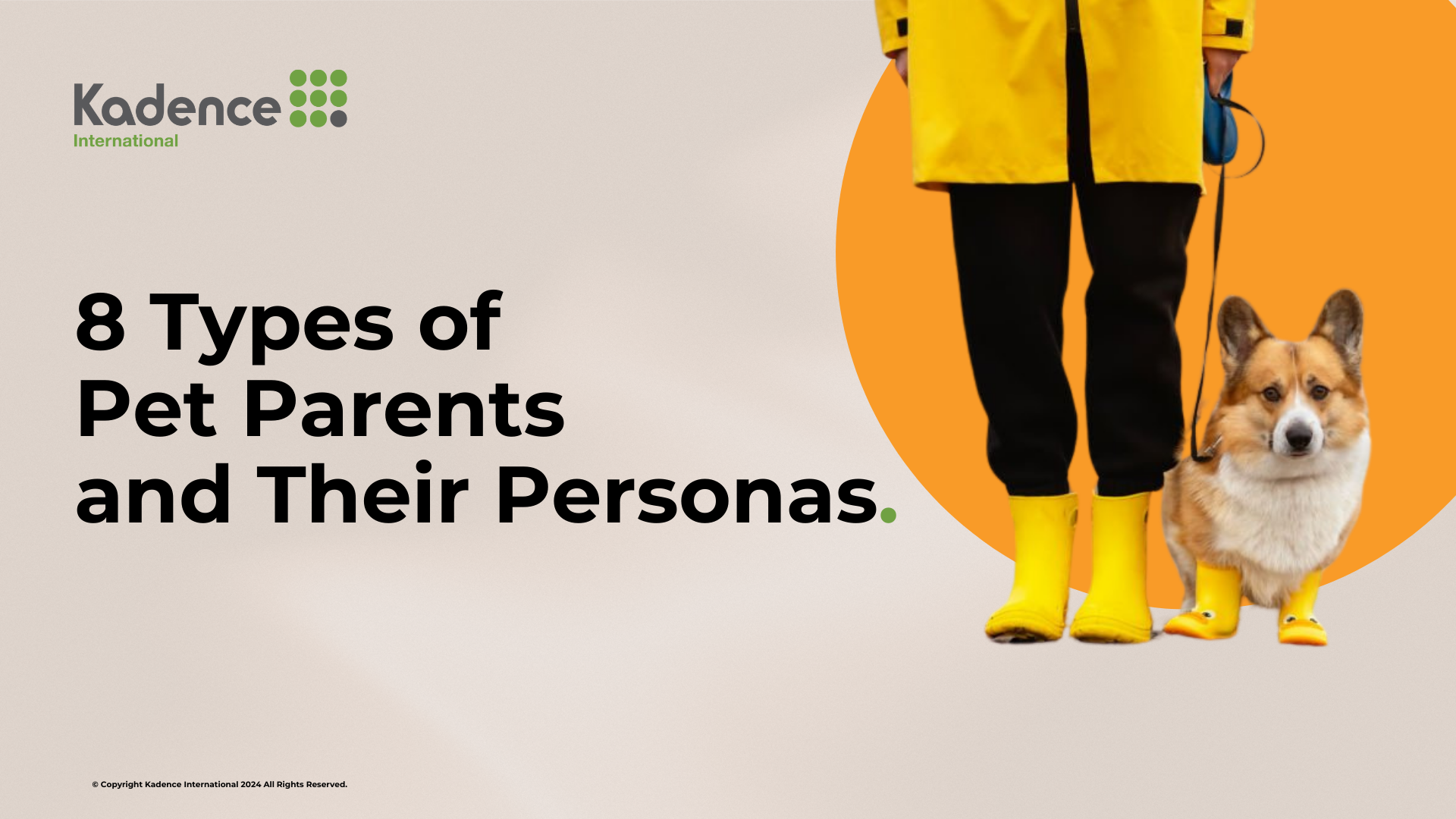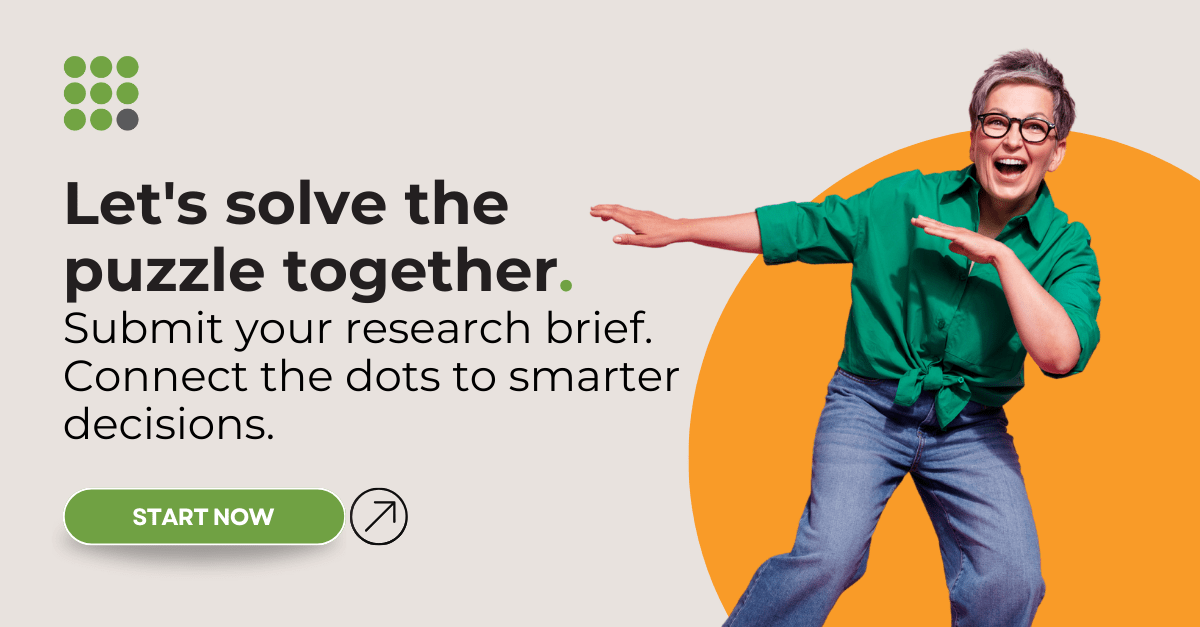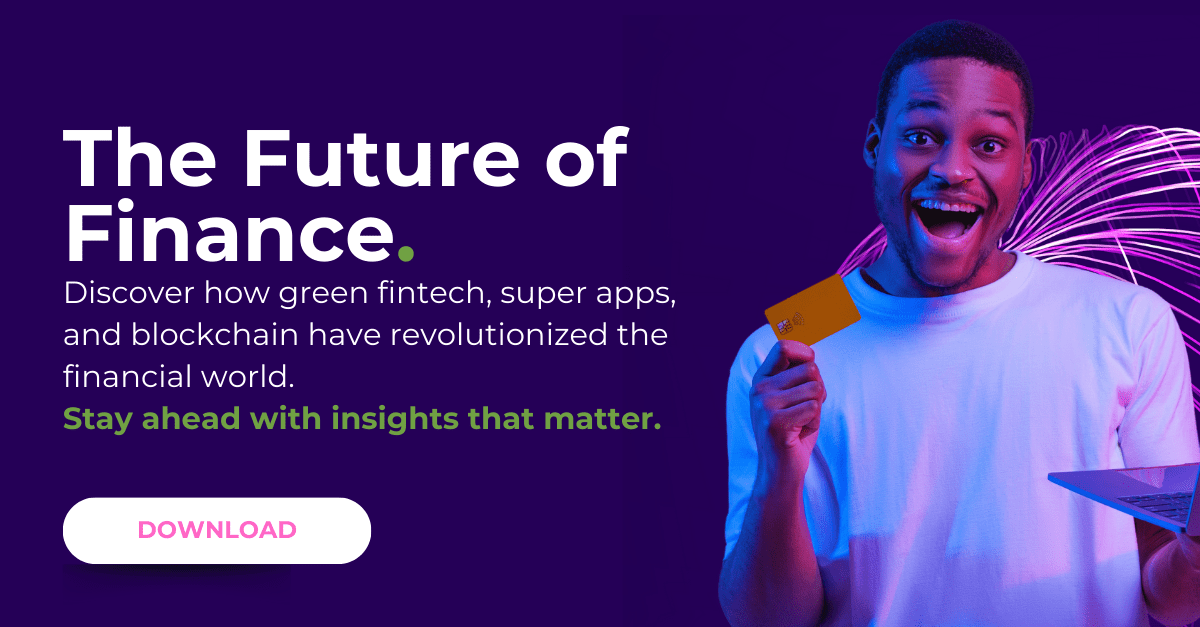How you enter a market often dictates whether you’ll be successful there. Different approaches have pros and cons – deciding which to choose is as much about market insight as financial logic. So what are the four market entry strategies?
Export? Licensing? Franchising? Partnering? Joint Venture? Merger or Acquisition? There are many ways to get into a new market. What situations typically suit each variety? What do you need to know about the market to select the most appropriate options? How do we assess the strengths and weaknesses – and their long-term effect on your business? Here’s our brief overview of your options for an entry strategy into a new market.
Early exposure: the passive way in
E-commerce and social media mean brand exposure in new markets has become relatively easy. Social media shopping, for instance, is becoming an increasingly popular entry point for brands into new markets, particularly if social media influencers jump on board.
(Caveat: many global influencers, and those within markets, may need an inducement to feature products or services. While ‘accidental’ market exposure is possible, you’ll still need some strategy for this introduction).
Early exposure could also be by traditional media outlets (like fashionable magazines) or web-based trendsetters (such as popular tech review channels on YouTube). Most markets have local versions of social media channels, with popular global channels like Instagram, Twitter, or Facebook being prominent.
But online retail can be a double-edged sword. Yes, consumers might get exposure to your brand online. But they might buy the next best thing available if it’s unavailable locally. Your brand could be doing an excellent job building the category for local rivals.
It’s also worth looking out for platforms that are not global. In many markets, local e-commerce platforms have emerged. Any attempt to exploit the market will rely on having access to it. (We take a closer look in our guide to entering emerging markets).
In addition to working with local platforms, brands must carefully consider how to fulfill orders and handle customer relations. Managing all these elements through third parties in a commercial relationship can work well.
That said, there’s a massive gulf between entering a market virtually via e-commerce with third-party fulfillment services and having ‘boots on the ground’. This is not only about visibility and commitment. Each third party you work with is taking a chunk of your profit margin. And in some cases – particularly with perishable or heavyweight products, and especially with services – the arm’s length approach won’t work.
Get regular insights
Keep up to date with the latest insights from our research as well as all our company news in our free monthly newsletter.

To access that pool of consumers, you will need a local presence. Here are some main routes.
Direct exporting
Direct exporting is often considered the default choice for new market entry. Direct exporters often sell directly to a consumer (B2C), a business (B2B), or a distributor in a foreign country. Direct exporting allows consumers or businesses in new markets to easily buy your products wholesale, where you handle the shipping logistics. Or if using a distributor in a foreign country, they will typically take care of fulfillment and local marketing.
International shipping has become increasingly easy for most products, allowing brands a passive market entry strategy. But assigning a local trusted distributor to conduct transactions with your buyers, and better still, partnering directly with major wholesalers or retailers, is an equally promising strategy to capture new markets.
Working with the right partners can be a make-or-break decision. So thoroughly researching the key players, their terms of trade, and their local reputations is vital. Even seemingly innocuous business practices can greatly affect how products are handled, sold, and supported.
Having local agents doesn’t mean you can ignore the nuances of the local market. It still pays to get under the skin of local retail, for example, understanding consumption patterns and thinking about local tastes and behaviors that might shift how a product is presented. Even in an arms-length distribution agreement, it pays to tailor a product to local preferences. Chocolate brands, for example, must cater to local preferences on their product’s flavor and texture – and the local climate. We’ve supported many businesses with getting under the skin of target consumers in new markets as they’ve entered new territories.
Licensing and franchising
Licensing gives in-market parties legal rights to use your company’s name and other intellectual property. Any licensee can produce and sell products under your name or offer services using your brand. In exchange, you get royalties or other payments. It can be an effective light-touch way of entering a market, especially if you’re a service business that needs a local workforce; or your products would benefit from local manufacturing.
Franchising is similar to licensing but requires much more heavy lifting upfront. In addition to researching any new market before entry, brands looking to franchise should think about how they will structure their franchise agreement. This will require additional research into legal structures, potential franchisee audiences, competitor brands, and franchise fee structures. Working out what the franchisee gets for their investment (for some business models, it’s little more than a license; for others, it’s a suite of processes, marketing support, and even hardware that come with the deal).
But it’s not all plain sailing. How a licensee or franchisee behaves towards customers, the quality of their output, and the local spin they put on your product can affect the brand. That means thorough due diligence on potential partners and brands with detailed research on their new market are much more likely to tie down any important factors affecting those decisions into a contract.
Direct investment
For many companies, setting up a fully-fledged operation in a new market is a big commitment – but it also brings enormous advantages. This kind of ‘greenfield’ investment – ‘greenfield’ meaning the establishment of new facilities – means complete control over the operations in the new market. Many countries welcome and incentivize foreign investment of this kind.
Some companies will choose only to enter new markets where this kind of investment is possible – for a variety of reasons. Direct investment provides a reassuring level of control if the product is sensitive to different handling or needs to be manufactured to particular tolerances or standards.
If a direct investment is the preferred method for new market entry, the legal and regulatory burden of different potential markets should be a factor in the due diligence process right at the outset. In addition to in-market research expertise, local legal and financial advice is essential.
Buying a business
Buying an existing business is a genuine fast track for foreign companies to enter a new market. According to Statista, in 2021, global Mergers and Acquisitions (M&A) deal value reached approximately 5.9 trillion U.S. dollars, with over 63,000 deals completed.
Market research is even more critical in the due diligence required when buying a business in unfamiliar territory. Due diligence is challenging on domestic M&A deals; it’s much tougher abroad. The traditional metrics you might assess – and even the gut feel of key decision-makers – must be translated through entirely different cultural and market norms lenses.
There can also be a benefit in setting up a joint venture (J.V.) – a new partnership between your company and one or more parties where the ownership is shared. You get the benefits of a greenfield start-up; a lower investment than M&A or setting up on your own; local expertise baked in; and legal status as a native in the new market. Many businesses see a J.V. as a turnkey project: each party brings existing knowledge and capabilities for fast deployment.
But be warned: joint ventures only thrive when the contractual commitments of each partner and the beneficial ownership structures are crystal clear. And some big brands have come unstuck in joint ventures where the local partner’s vision for the product or service deviates from their own. Conflict resolution mechanisms are a must. Unsurprisingly, joint ventures are more common in time-limited projects where several contractors need a legal entity to collaborate on a specific mission – and have precise terms for the joint venture’s dissolution.
Building your intelligence network
The choice of entry route will be dictated by many factors, including consumer habits, culture, legal status, taxes and tariffs, local business practices, the transparency you can attain around potential partners, and more. As a rule of thumb, the less exposure you have to cost and risk, the less control and margin you can secure.
Arms-length surveys and analysis can only tell you so much, however. Working with international agencies who have their own people on the ground in a new market not only means better access to the nuances of consumer behaviors and local trading rules – it also means dealing with people who have first-hand experience of running a business in that market. This approach has enabled us to successfully support clients entering new and lucrative markets.
You can learn more about our market entry expertise, or get in touch to discuss a potential project.

















 Senior Marketing Executive
Senior Marketing Executive Sales & Marketing
Sales & Marketing General Manager PR -Internal Communications & Government Affairs
General Manager PR -Internal Communications & Government Affairs Vital Strategies
Vital Strategies
 Customer Intelligence Director
Customer Intelligence Director